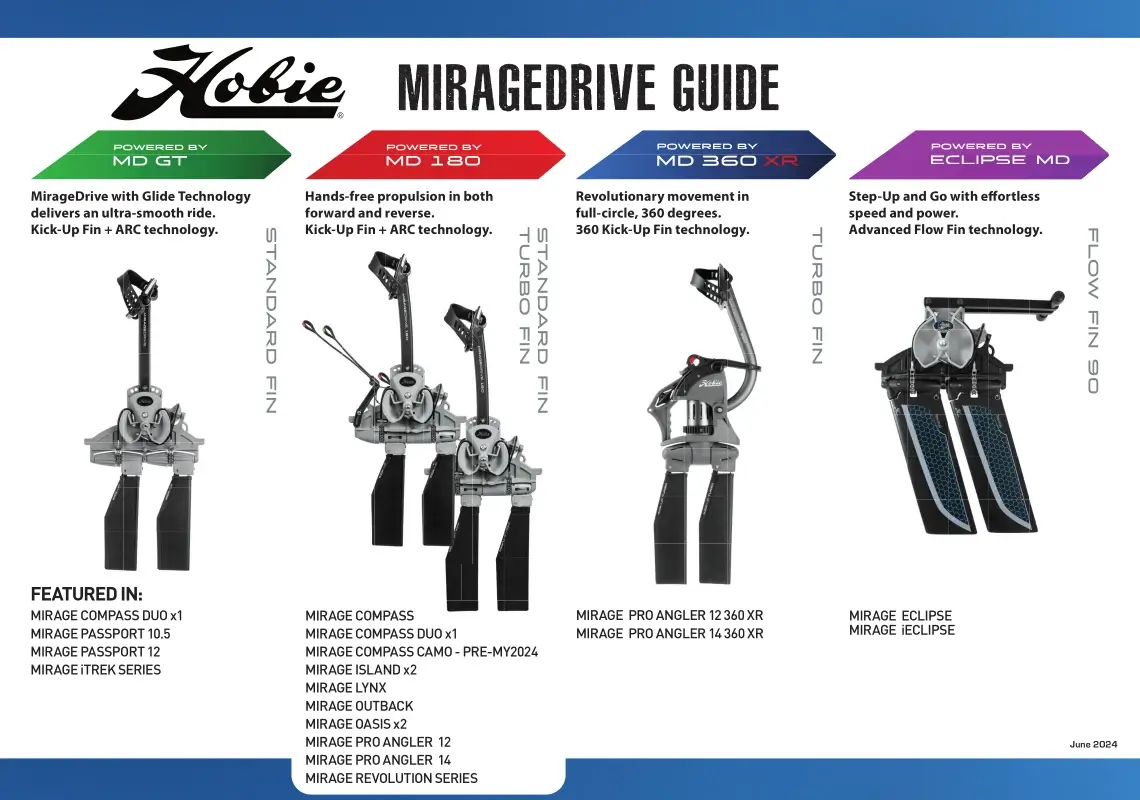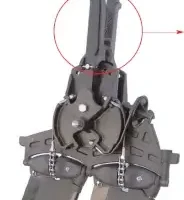 The revolutionary and highly innovative MirageDrive propulsion system was introduced to the world of paddle sports in the early 2000’s and has led the pedal-powered kayaking scene ever since. The MirageDrive has undergone several iterations over time, refining and enhancing components for increased performance, reliability and features. Because of this there are now numerous versions of Hobie’s pedal drive out there in the wild, many of them with interchangeable parts and cross compatibility. To the uninitiated its all a little perplexing, particularly for owners of older drives looking to replace parts, which is what inspired us to write this guide on what is what.
The revolutionary and highly innovative MirageDrive propulsion system was introduced to the world of paddle sports in the early 2000’s and has led the pedal-powered kayaking scene ever since. The MirageDrive has undergone several iterations over time, refining and enhancing components for increased performance, reliability and features. Because of this there are now numerous versions of Hobie’s pedal drive out there in the wild, many of them with interchangeable parts and cross compatibility. To the uninitiated its all a little perplexing, particularly for owners of older drives looking to replace parts, which is what inspired us to write this guide on what is what.
MirageDrive Classic Version 1 (2005-2008)
It all started with what we now refer to as the Classic MirageDrive, of which there have been several official versions; V1, V2 and GT (Glide Tech). “Version 1” is a fairly loose term in many ways, because what most people know as the actual V1 drive is not really the original design. The very first MirageDrives were built with stainless steel sprockets and battened fins. These were few and far between, however, and by the time Hobie had achieved any notable market penetration the design had already evolved into V1. We still see some of the very earliest drives in use today, although most of the very early adopters will have what we call a V1 drive. Very few of the original components for these drives are still available, although they can be fitted with newer components (with a few caveats).
-
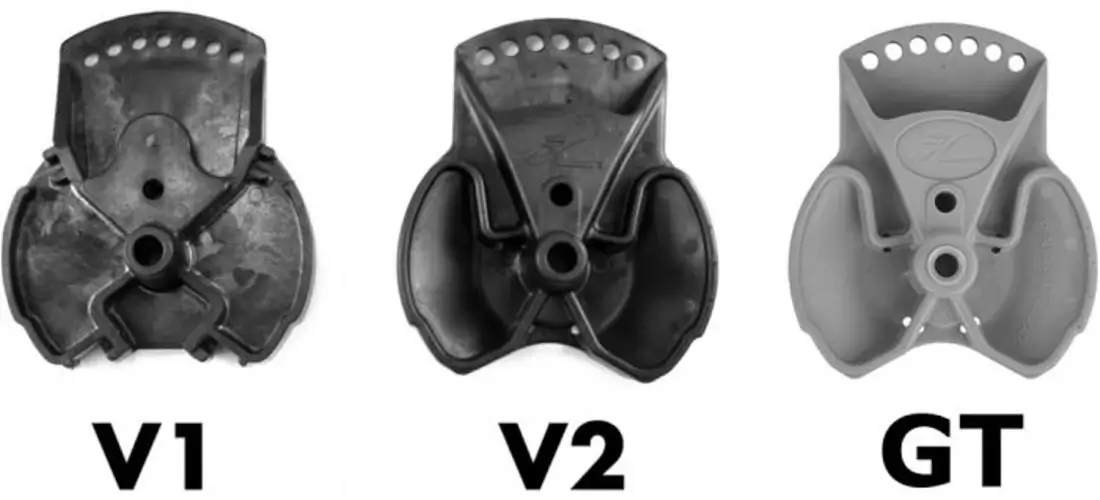
Classic MirageDrive Drums, Versions 1, 2, GT
Current GT (and previous V2) drums, chains and cables are not compatible with V1 drives and are no longer available. So if you need to replace a drum, chain or cable on a V1 drive then you really need to upgrade each of those components to the newer GT spec. Hobie have a kit available for this, fittingly called the V1 to GT MirageDrive Drum Upgrade Kit, which provides 2 x GT drums, 1 x GT Idler Pulley, 2 x V2 Chains and 1 x V2 Idler Cable.
GT sprockets can be used with original V1 drives, but only with a V2 (threaded mast). Original fin masts were secured into V1 sprockets with a small set screw, whereas later versions use a more reliable threaded system. If you are still using an old drive with the original sprockets and fin masts our advice is to replace them with GT sprockets.
-
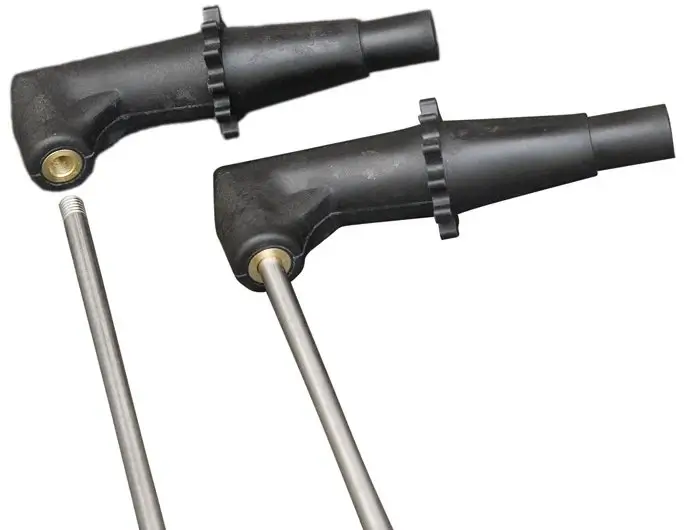
V2 and GT Sprocket Threaded Mast Installation
MirageDrive Classic (2009 – 2014)
-
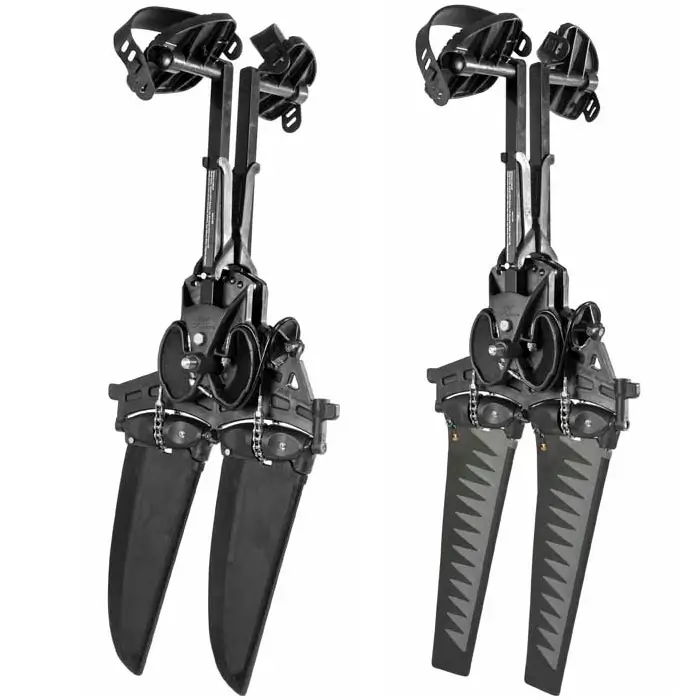
Hobie MirageDrive V2 Standard and Turbo Fin Examples
Introduced around 2009, V2 improved upon V1 types with reinforced components (spine, drums, sprockets and cranks) with a more reliable fin mast & sprocket assembly design. Some V2 components are no longer available, however all of these can be replaced with the newer GT variations, which are better again. V2 also introduced an spine alignment pin to the spine, which was added to assist in installing MirageDrives correctly.
MirageDrive Classic Glide Tech (2015 – 2018)
-
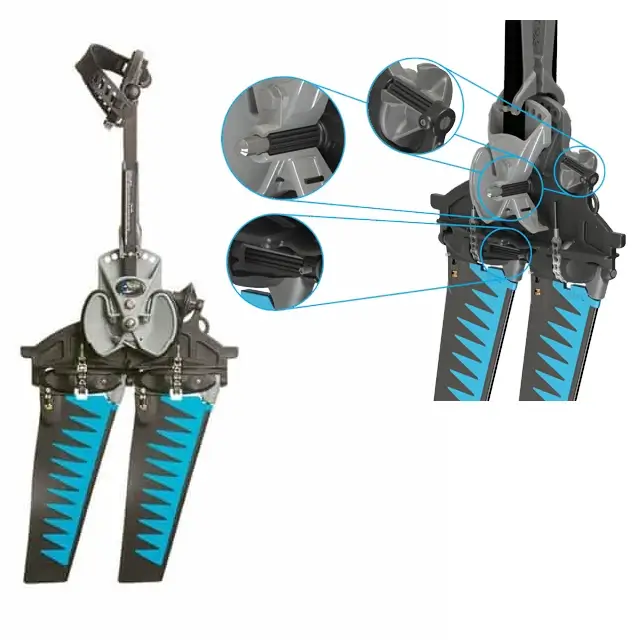
Hobie MirageDrive Classic Glide Tech (GT) with Roller Bearings
Introduced in 2015, GT improved upon V2 by adding roller bearings for sprockets, drums and idler pulleys for reduced friction and smoother operation. All GT components are fully compatible with V2 drives and are worth upgrading to for smoother performance. The main components you might want to consider upgrading to are:
Notes: depending on much use your drive has seen and and how old it is, there’s a good chance your sprocket shaft has worn and it might be a good idea to replace this along with newer sprockets. To a lesser degree this is also true of the idler shaft
If you are upgrading your drive with GT components you might want to refer to this MirageDrive service guide, which demonstrates the assembly and disassembly. We would also encourage you to quickly refer to this guide on setting chain and cable tension.
MirageDrive 180 (2017 – 2020)
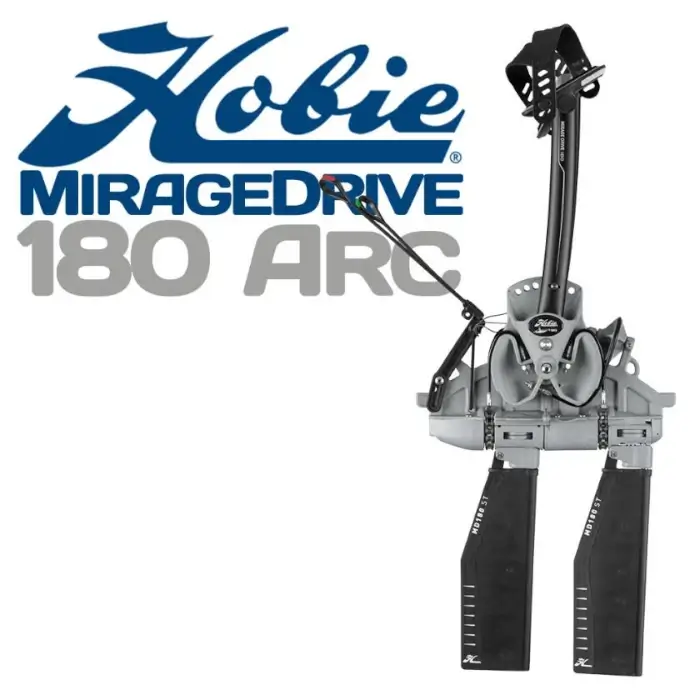
In 2017 Hobie introduced the MirageDrive 180 (MD180) in selected models, which added a groundbreaking feature: reverse pedal-power propulsion. This welcome innovation allows kayakers to pedal backwards, providing greater control and maneuverability. The MD180 drives also fitted with a newer, more efficient and reliable square-top fin design as well.
About MD180 Versions 1 & 2
The very first MD180 drives were supplied with the same squared cranks that came with earlier versions, as well as a new fin adjustment system that was quickly superseded by a simpler design. It was only a few months later that V2 of the MD180 drive was released, with the most obvious change being tougher “Arc cranks” with a simpler leg length adjustment system. Hobie also used this opportunity to remove the fin adjustment screw, which was a little redundant.
This small change in the fin design means that V2 MD180 fins will not fit on V1 MD180 drives. And because V1 MD180 fins are no longer available, this means that to replace fins on V1 MD180 drives you also need to replace the boom to version 2 as well. Booms and fins are sold individually, and boom, fin and mast kits are also available.
Fortunately the version design change occurred so soon after initial release that there aren’t all that many V1 MD180 drives out there. The vast majority of MD180 drives are V2.
Kick Up Drives (2020 – Current)
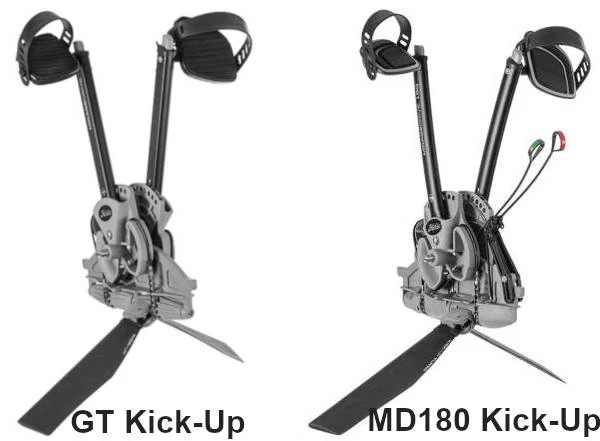
Perhaps the most significant design change in the history of Hobie MirageDrives is the inception of the Kick Up Fin system, or “KU” for short. As the name suggests KU drives feature fins that will collapse on impact, making for far less instances of damaged fins and fin masts.
There are 3 official versions on KU drives, although there have been a few barely documented revisions within those versions. We have the Glide Tech Kick Up Drive (GT KU), MD180 KU as well as the MD360 KU drives, which are unique to Pro Angler 360 model kayaks (so no, it cannot be installed in any other models), and thus outside the scope of this article. Learn more about the MD360 MirageDrive Drive .
GT KU MirageDrive
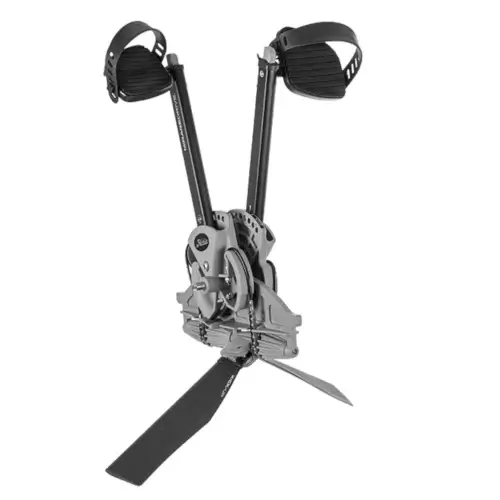
The Kick Up version of the GT system improves upon the earlier version is more ways than just offering fins that collapse on impact. The sprockets have been greatly improved, drums have been redesigned (to suit an updated crank system) and the chains and cables have been improved for longevity and reliability.
The GT KU drives employ a more updated fin design that is more efficient than the original fins. Not only do the fins push more water with less overall surface area, these fins to not require an outhaul block as used on previous versions, which helps to reduce friction further.
The GTKU drives also feature a newer crank design, which is tougher than the original design, and installs more securely than the rounded ARC cranks that were introduced in earlier MD180 drives.

MD180 KU MirageDrive
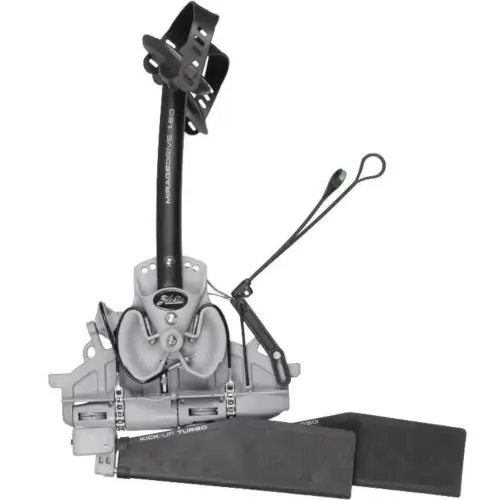
The most obvious advantage of the MD180 KU drive over previous MD180 drives is the kick up fin system. Not just because of the previously mentioned benefits, but also because the collapsible fin system seems to have resulted in less instances of collision damage to spines assemblies as well.
The very first MD180 KU drives were using the very same cranks and drums (Arc) that were used on earlier MD180 drives, but were soon replaced with the updated square sided cranks and drums as used in GT KU drives.
This is worth noting mainly because the ARC drums are compatible with the original V2 chains, whereas the later drum version requires the newer V3 type. So if you have an MD180 KU drive that requires new chains / cables, take note of the crank system to help identify what chains / cables you need.
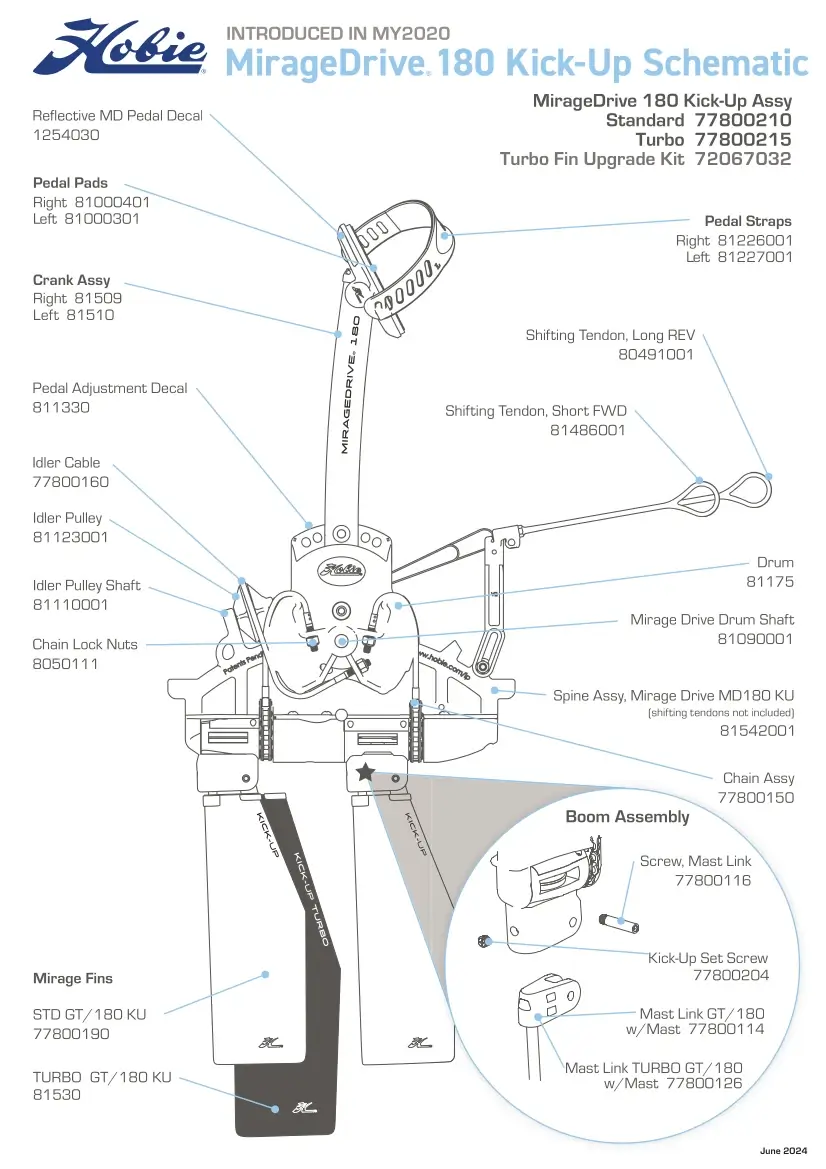
Further Reading About Hobie MirageDrives:
- Hobie MirageDrive Parts
- Upgrading Old MirageDrives Guide
- MirageDrive GTKU vs MD180 KU
- MirageDrive Chain / Cable Tension
- How to Service a Hobie MirageDrive
- Hobie MirageDrive Maintenence Guide
